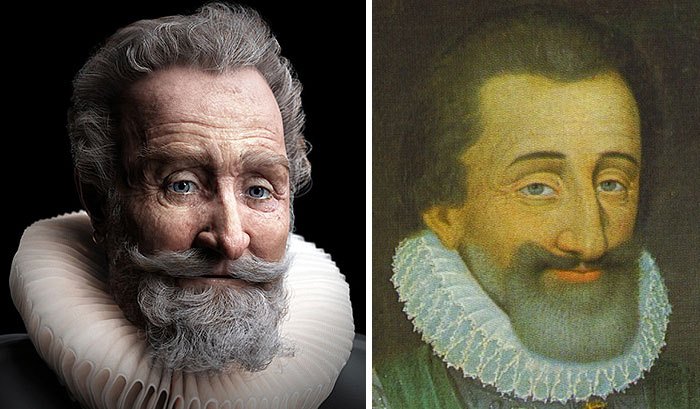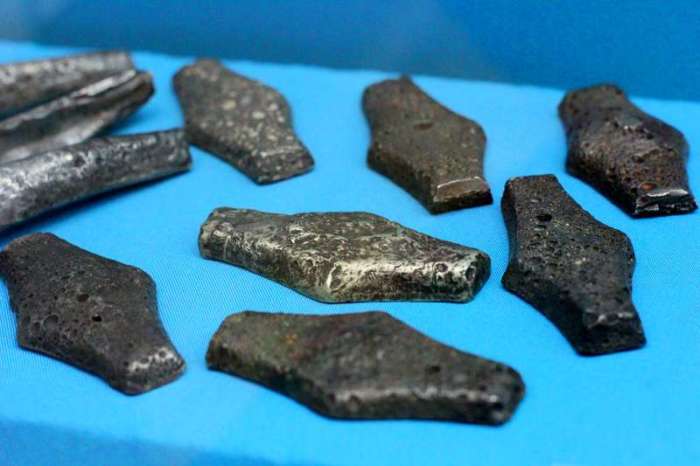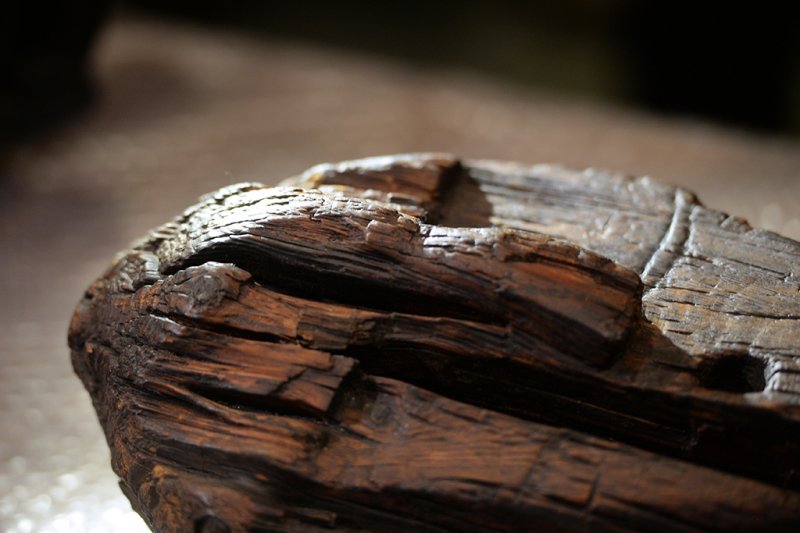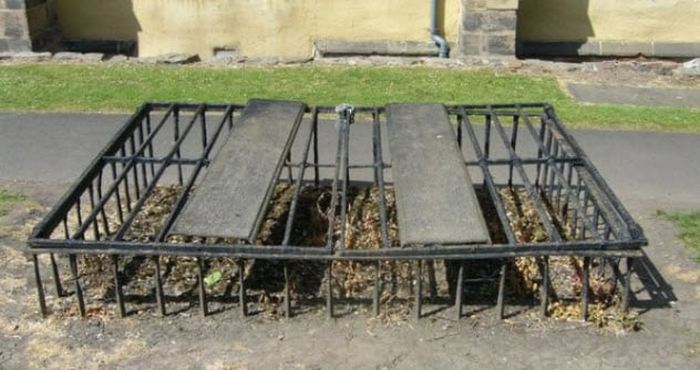buried with him
10 copper artifacts that scientists discovered the secrets of the ancients
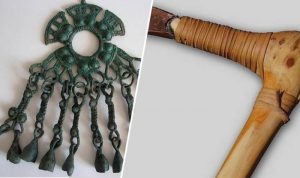 Copper is one of the first metals with which people began to work around 5000 BC, during the so-called copper era (the chalcolithic period), when there was a radical transition from primitive Neolithic to Bronze stone technology. For millennia, copper has been the main engine of the global economy. The most common prehistoric metal artifacts from copper alloys still surprise archaeologists.
Copper is one of the first metals with which people began to work around 5000 BC, during the so-called copper era (the chalcolithic period), when there was a radical transition from primitive Neolithic to Bronze stone technology. For millennia, copper has been the main engine of the global economy. The most common prehistoric metal artifacts from copper alloys still surprise archaeologists.
1. The Lost Treasure of the Copper Scroll
On March 14, 1952, an archaeologist discovered a mysterious copper scroll that contrasted sharply with all the other Dead Sea scrolls found earlier in the Qumran caves. The material of the scroll, its author, script, language and style indicate that he ended up in cave number 3 at a different time than 14 other scrolls made of parchment and papyrus. According to Professor Richard Freund, “the copper scroll is probably the most unique, the most important and least understood among the Dead Sea scrolls.” Continue reading
What people looked like a century ago: Modern technology has allowed scientists to get to the bottom of the truth
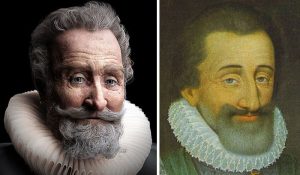 What did people from the past look like? Most often, the guideline for answering this question are pictures or verbal descriptions in documentary or fiction. But are they objective? Often not, because the artist always conveys his personal perception, and seeks to show the most attractive image. Modern technologies allow to recreate a real image and show what people from the past would look like if they happened to be our contemporaries.
What did people from the past look like? Most often, the guideline for answering this question are pictures or verbal descriptions in documentary or fiction. But are they objective? Often not, because the artist always conveys his personal perception, and seeks to show the most attractive image. Modern technologies allow to recreate a real image and show what people from the past would look like if they happened to be our contemporaries.
1. King Henry IV of France
Henry IV was the king of France from 1589 to 1610 and was tragically killed during the attack of a Catholic fan on him, died from his knife wounds. Heinrich went down in history as a kind and wise ruler who cared about the welfare of his subjects. The reconstruction of the face of Heinrich was conducted by the historian Philip Frosch, he created a 3D model, based on the preserved skull of the monarch. Continue reading
Ambiguous facts from the Bible, about which today archeologists and religious scholars argue
 Perhaps there is no other such book in the world in which so many contradictions are found as in the Bible. There are constantly heated debates between atheists, archeologists and religious scholars, and the main one is whether the Book of Books can be regarded as a reliable historical source.
Perhaps there is no other such book in the world in which so many contradictions are found as in the Bible. There are constantly heated debates between atheists, archeologists and religious scholars, and the main one is whether the Book of Books can be regarded as a reliable historical source.
1. Gummy in the mask of mummies
In one of the ancient Egyptian tombs a unique find was made – in the burial mask of the pharaoh they found a fragment of the oldest known Gospel. Scientists believe that this text dates from the I century of our era. The content of the text archaeologists do not disclose. It is only known that the burial mask was made of flax with the addition of glue and paint. Inside the mask were found and other documents – personal and business letters of the deceased. It was they (and also the hydrocarbon analysis) that made it possible to determine the exact age of the burial and papyrus.
It is believed that all the books written under the general title “Gospel” were written several decades after the earthly life of Jesus. Today, the oldest copy of the Gospel texts dates from the II-III centuries. Continue reading
